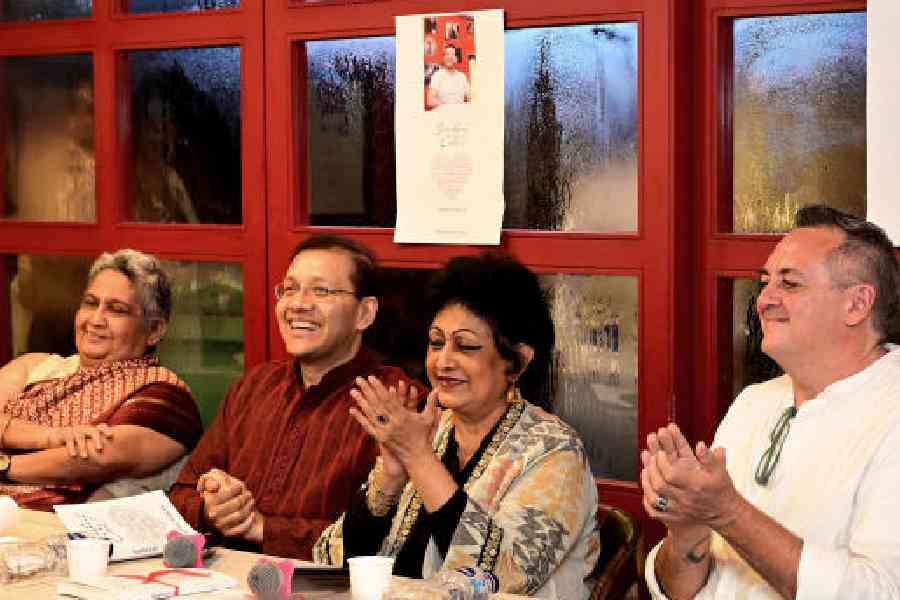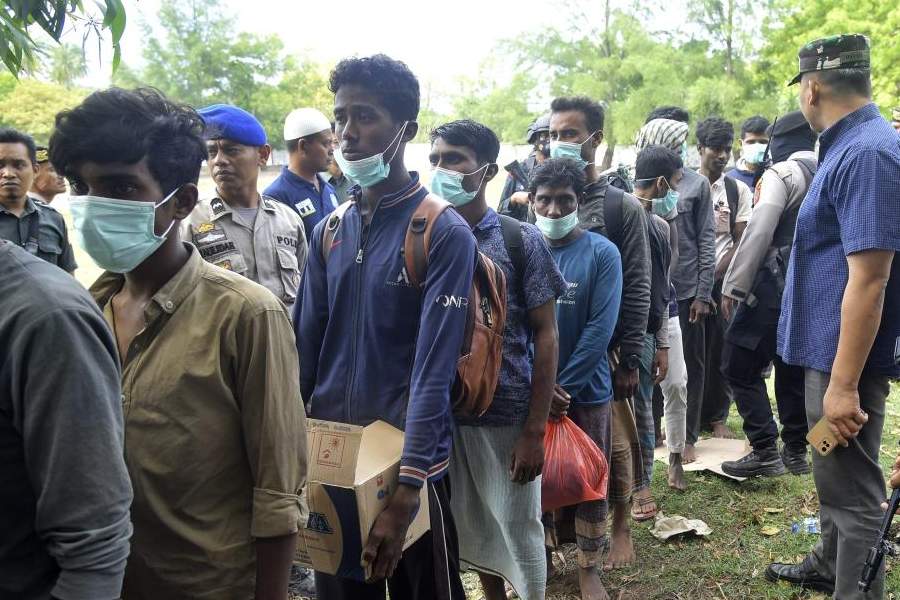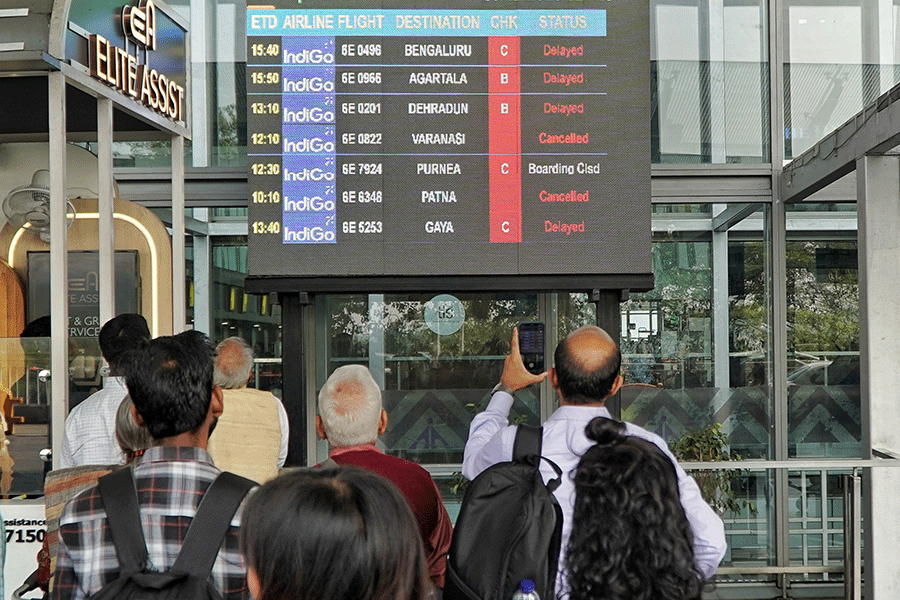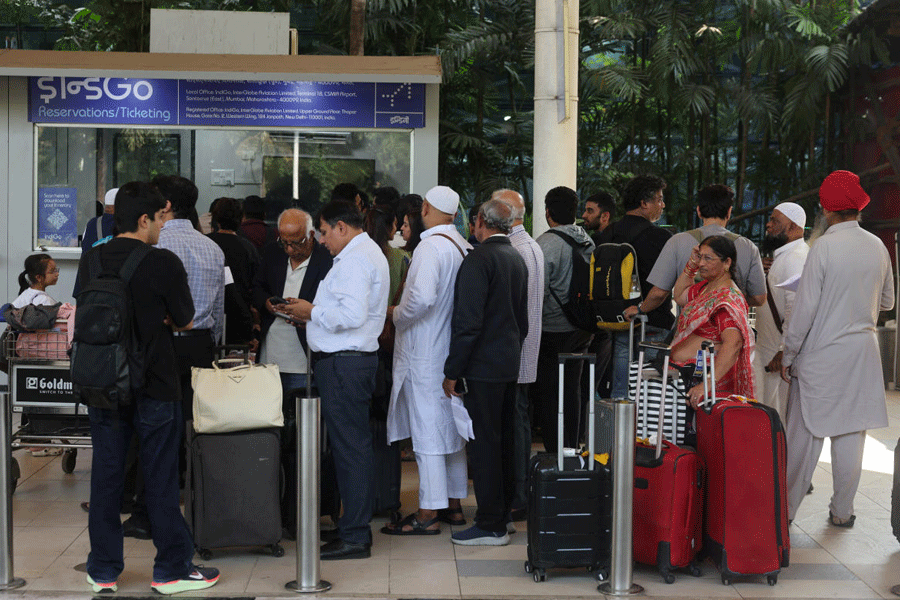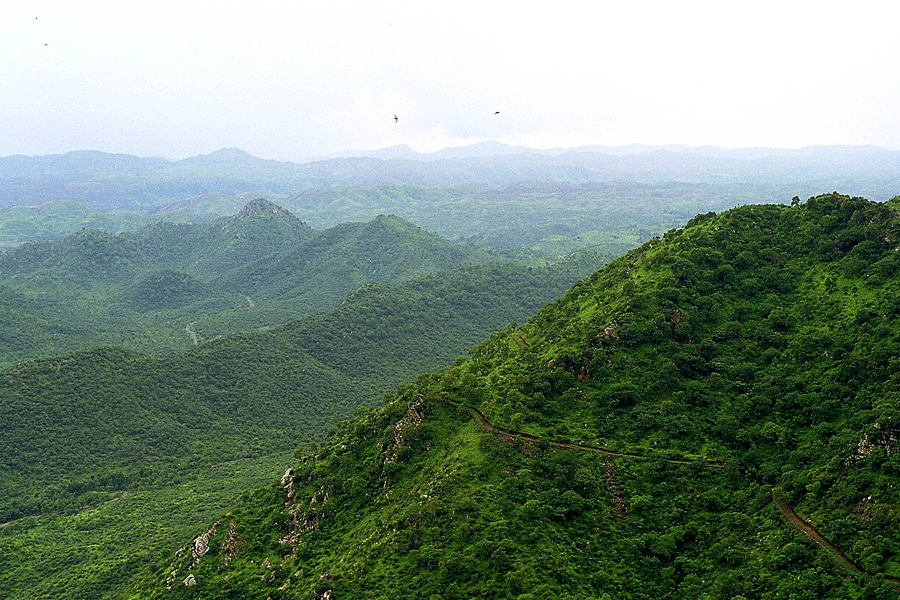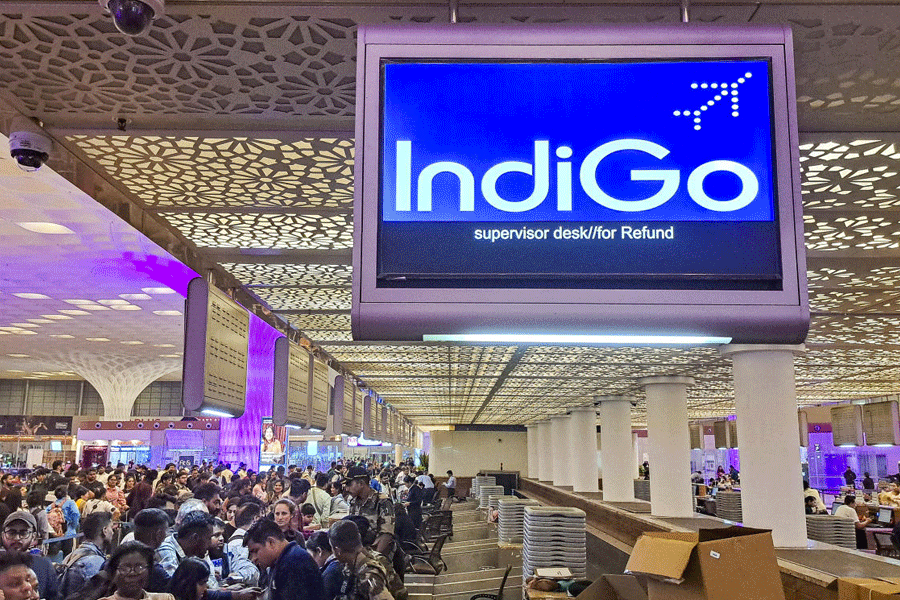This book is a tribute to that indomitable pulse of a city that refuses to be forgotten or flattened by time — be it hurricane, hedonism or hollow nostalgia. It seeks to illuminate the resilience of its people, the layered beauty of its neighbourhoods and the enduring treasures that give the city its soul.
I hope that Kolkata will become a part of you.”
So begins Aritra Sarkar’s latest book Soulful Cal!, a homage to this city we all love, a city that is as much a part of us as we are of it. Try as we might, a huge chunk of us stays in Calcutta no matter how far we drift from it; our soul remains in this city of dreams and daydreams, waiting for us to re-discover the glories of it — the quiet pulse of its nostalgia-lined streets, the steady headiness of its conch-filled air, the fragrance of ada cha wafting in with its evening breeze.
If, when you think of Calcutta, you think of Prinsep Ghat and Park Street, jhaal-muri and Trinca’s jazz, poetry and politics, books and bougainvilleas, then Sarkar’s book is for you — a wonderful collage of all the people, places and treasures that make Calcutta home. The collection, a lovely mosaic of stories and reflections that perfectly capture the city’s charm, is more like a love letter to Calcutta than anything else; one that invites you to linger, smile, and fall in love with our city all over again.
The book, published by Wordphonics, was launched at ICanFlyy Tea Kafi near Maddox Square on August 12 in a gathering that was hosted by Wordphonics Publication and saw many eminent Calcuttans get together to discuss what keeps them rooted to the city. Chief guest Jawhar Sircar started the evening by sharing some lovely personal anecdotes on the city and what makes the Calcuttan so uniquely different from any other resident of this planet. Sircar was followed by guests of honour Monica Liu and Tanusree Shankar, both of whom spoke eloquently on what this city means to them on a personal level.
A panel discussion took place to trace the journey of the book from thought to page, leaving guests equal parts teary-eyed and thoughtful by the end. The panel, moderated by Oindrila Dutt, brought together the author, chef Shaun Kenworthy, and former professor of geography at St. Xavier’s College Nandini Dutta to reflect on the themes of Sarkar’s work, to share memories and personal anecdotes, and to add a touch of that unmistakable Calcutta warmth to a conversation that long let the coffee run cold.
Writing the city
Sarkar, especially, spoke to t2 about the seeds of the book — by no means his first — and what made the project something necessary to be undertaken, now. “I never really meant to write a book like this,” he told us after the panel. “But the journey that I was going through at that point in time really contributed. It really all started with a personal issue, which then led to a number of articles that I started to write on different subjects on Facebook.”
What began as scattered reflections soon started taking shape as a manuscript, which, as Sarkar described it, looked like “a buffet with different items”. And perhaps there is no more fitting metaphor for Calcutta — a buffet of contradictions and delights, of grandeur and decay, of heritage and improvisation.
But Sarkar was clear that he did not want to simply revisit the usual suspects. “I wanted to focus on things that were a little bit more unsung. Everyone, for example, knows about the Victoria Memorial.… But, for example, Talmishri and Boroline are also iconic, but at the same time, there might be some things to say about them.”
For him, the most important part of the book is the first section: People. “The focus in Bengal has always been on the Tagores and the Rays,” Sarkar reflected. “But who is to say that the rickshaw-puller on the street or the street vendor is not going to teach us something about life? My objective is actually to focus on ordinary people. And I don’t mean the middle class. I mean the people who are invisible to society. From those groups, you actually find the true wisdom of life.”
It is this attention to the overlooked that sets Soulful Cal! apart. Sarkar insists that the city’s true strength lies not just in its cultural icons but in its ability to cradle the “invisible” — the hawker, the hand-pulled rickshaw puller, the roll-and-phuchka-sellers who know your orders before you do. These are the figures who, often without recognition, embody the soul of the city.
Food as memory and the future
If Sarkar’s book is an ode to people, Shaun Kenworthy reminded everyone that food, too, is part of Calcutta’s lifeblood. “Aritra has been writing these great essays about this incredible city for many years,” Shaun said. “And just to talk quickly about the book — it’s a book of essays, which I think is Calcutta in itself. Calcutta’s just one big book of essays. Many generations, many different time periods, people, treasures, places. That’s Calcutta for me.”
For Shaun, who has made Calcutta his home for the last 24 years, the romance between the city and its food is eternal. “I’d like to think, over the last 24 years, I’ve also been part of that story in a modern way, in telling modern stories within food. I think of Calcutta and its ingredients, our lovely ras malai, our rasgullas, but in a modern context, from my perspective. I think that really is the only future. Always the food. Food is always moving. It never stops, and it is always transient.”
Shaun’s words reminded the audience that food in Calcutta is never static. It evolves, adapts, borrows, and reinvents. The cutlet you eat at Mitra Café has Portuguese roots, the rolls at Nizam’s were born out of colonial improvisation, Chinatown’s chilli chicken is as Calcutta as it gets. Food is the city’s great unifier, a reminder that cultures meet, merge, and transform here in ways that continue to nourish both body and soul.
The migratory heart of the city
Adding another layer to the discussion, Nandini Dutta offered her perspective as both a teacher and a long-time observer of the city. “Calcutta is a very old city,” she said. “So it having a heritage is very automatic. But I would say the people who came to Calcutta made it special.”
She pointed out that Calcutta has always been a city of migrants — temple builders, fishermen, traders, dreamers — each leaving behind a piece of themselves in the fabric of the city. “There is a huge empathy that Calcutta offers to everybody. You are just at your best value. And that is very important.”
What Dutta emphasised most was the importance of community. “Entertainment began with the idea that there was a group of people who consolidated as a community. The community feeling is very important in Aritra’s work.” Her words resonated with anyone who has ever experienced the camaraderie of an adda session at Coffee House or the quiet solidarity of neighbours coming together during Durga Puja.
The dilemma of the youth
The discussion also touched on the question of why today’s youth often seem detached from the city’s pulse. Sarkar’s response was both sobering and empathetic. “Things are radically different from what they were even 10 years ago,” he observed.
He contrasted his own youth in a pre-liberalisation India with the relentless pace of today. “Today you’re in an extremely politically-charged environment… and there is a level of insecurity that the youngsters are feeling that’s never been felt before because of the twin forces of technology and politics.”
This insecurity, coupled with the intense pressure of competition, leaves little room for unstructured exploration. “Unless that problem is fixed, and people relax, I don’t think it’s possible for them to really even immerse themselves in something experiential where there is no real result at the end of the day.” His words rang true in a room where many nodded knowingly — parents, teachers, even young listeners who perhaps recognised their own anxieties in what Sarkar described.
A city that refuses
to fade
At its heart, Soulful Cal! is not about nostalgia for nostalgia’s sake. It is about recognising that the city’s true soul lies in its overlooked corners and ordinary people, its recipes and rituals, and its endless capacity to embrace. It is a city that has seen hurricanes and hedonism, political storms and cultural renaissances, but refuses to fade into a footnote.
Like the book itself, Calcutta invites you to pause, to breathe, to listen. It is not a city you rush through, but rather one in which conversations stretch long into the evening, where every street corner hides a story and every adda circle holds a fragment of wisdom.
And perhaps that is the essence of Sarkar’s work — not a keepsake or a guidebook, but a mosaic. A collection of fragments that, when pieced together, remind us why Calcutta will always remain a part of us, no matter how far we go.

